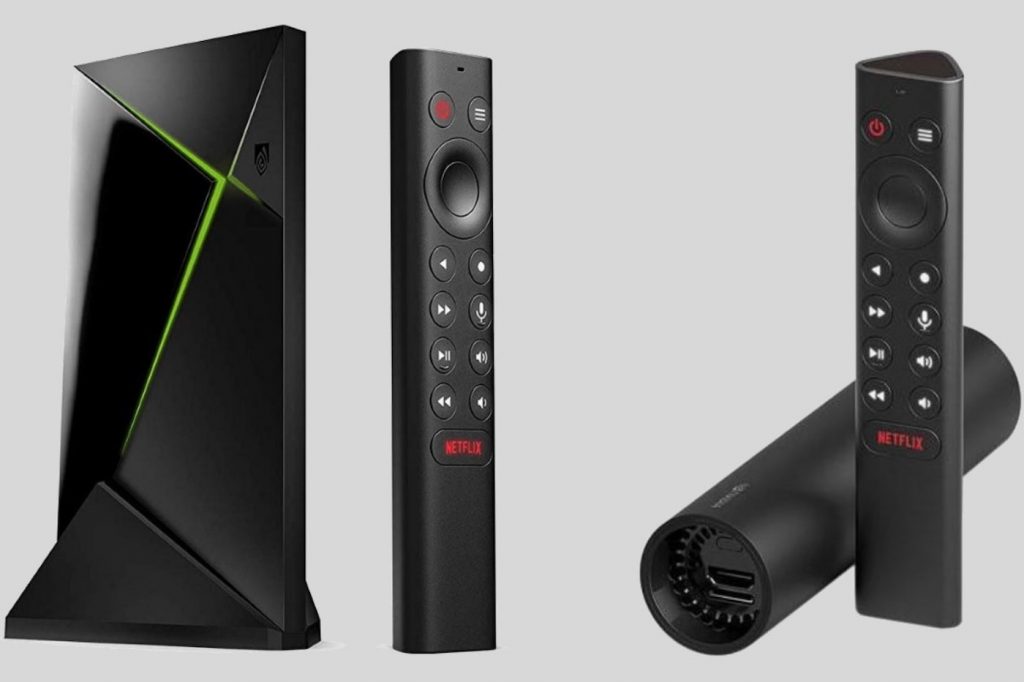

Single-drive NAS devices don’t provide this sort of data protection, and NAS boxes with more bays introduce more complex RAID configurations, such as RAID 5, RAID 6, or RAID 10, that require more planning and research to configure. As a result, your data remains safe and accessible even if a drive fails. This setup gives you half the NAS’s actual amount of storage for files: For example, a NAS with two 8 TB drives in RAID 1 still has 8 TB of total space available ( equivalent to about 300 Blu-rays), not 16 TB. For most home uses, a two-drive NAS is just right because it protects your data by mirroring the contents of one drive to the other (a configuration known as RAID 1, or a mirrored array). Two drive bays: Hundreds of NAS devices are available, and you can find models with one, two, four, eight, or more drive bays.Now that you have a rough idea about the kind of NAS you need for Plex, here are our top choices. You can also use HDMI to manage your NAS without logging in from a computer. This will allow you to use your device as a home theater PC. HDMI Output: Connect your NAS directly to your TV or a projector.Four drives in a RAID 5 array will increase the reading and writing speed and boost the overall performance of the NAS system. It’s okay to start with a small number, but you need to ensure you’ll be able to upgrade later. Hard Drive Bays: The number of drive bays is essential.Around 4GB should be acceptable, but more RAM is recommended. RAM: If you’re using NAS for Plex only to stream, you won’t need much RAM.Aside from the streaming quality and the number of streams, you’ll need to consider which type of media files you’ll play (MKV, MP4, WMV) before you decide on the NAS CPU. You’ll need a powerful NAS CPU if you want to stream in 4K.


Your streaming experience will heavily depend on the quality of that hardware. You need to consider several things when buying a NAS for your Plex server.


 0 kommentar(er)
0 kommentar(er)
